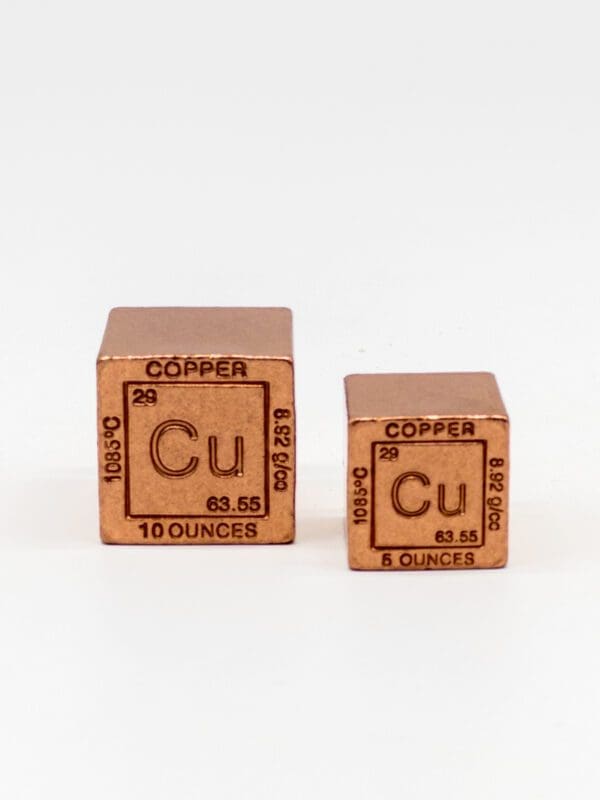The Geology of Copper: A Fascinating Metal with a Rich History
Copper is a chemical element with the symbol Cu and atomic number 29. It is a soft, malleable, and ductile metal with very high thermal and electrical conductivity. Copper is found in the earth’s crust in a variety of minerals, including chalcopyrite, malachite, and bornite. Throughout history, it has played a vital role in human civilization, from the development of tools and jewelry to its use in modern electrical wiring. In this blog post, we will delve into the geology of copper, exploring its formation, properties, and uses in the world today.
The Formation of Copper
Copper is a common element in the earth’s crust, making up an estimated 0.0001% of the earth’s mass. It is found in a variety of minerals, with chalcopyrite being the most abundant and economically important. Copper can also be found in small amounts in native form, meaning it is not combined with other elements in a mineral.
Copper minerals form in a variety of geological settings, including volcanic, sedimentary, and metamorphic environments. The most important copper deposits, however, are those that form from the concentration of copper in hydrothermal fluids. These fluids, which are rich in dissolved minerals, are produced during the cooling and solidification of molten rock, known as magma.
As the fluids move through the earth’s crust, they can become trapped in fractures and faults, forming veins of copper minerals. The minerals can also be deposited in porous rock, such as sandstone, forming a type of deposit known as a porphyry copper deposit.
Properties of Copper
Copper has a number of unique properties that make it an important metal in a variety of applications. It is a good conductor of heat and electricity, making it useful in the transmission of electricity and the construction of heat exchangers. Copper is also resistant to corrosion, making it a durable material for use in piping and other infrastructure.
Copper can be combined with other metals to form alloys, which can have improved strength, hardness, and other properties. Some common copper alloys include brass, which is a mixture of copper and zinc, and bronze, which is a mixture of copper and tin.
Uses of Copper
Copper has been used by humans for thousands of years, with evidence of its use dating back to ancient civilizations in Egypt, China, and the Americas. In the past, copper was used to make tools, jewelry, and decorative objects. It was also used in the construction of buildings, as it is a good conductor of heat and electricity.
Today, copper is used in a variety of applications, including electrical wiring, plumbing, and the construction of cars and airplanes. It is also used in the production of coins, jewelry, and other decorative objects. Copper is an important component of many alloys, including brass and bronze, which are used in a variety of applications.
The mining of copper has also played a significant role in the development of human society. Copper mines can be found in a variety of locations around the world, including Chile, the United States, and Australia. Copper mining involves the extraction of ore from the earth, which is then processed to produce copper metal. The mining of copper can have significant environmental impacts, including the release of toxic chemicals and the destruction of habitats. As a result, the mining industry has made efforts to reduce its environmental impacts, including the development of sustainable mining practices and the use of recycled copper.
Conclusion
Copper is a fascinating metal with a rich history and a variety of uses. Its unique properties, including its ability to conduct heat and electricity and its resistance to corrosion, make it an important
resource in modern society. From electrical wiring and plumbing to the construction of cars and airplanes, copper plays a vital role in many aspects of our lives.
Despite its importance, the mining of copper can have significant environmental impacts. It is important for the industry to continue to work towards sustainable mining practices and the use of recycled copper in order to minimize these impacts.
In summary, the geology of copper is a fascinating subject, with the metal being found in a variety of minerals and forming in different geological settings. Its properties and uses make it an essential resource in the modern world, and the mining of copper has played a significant role in human history.

